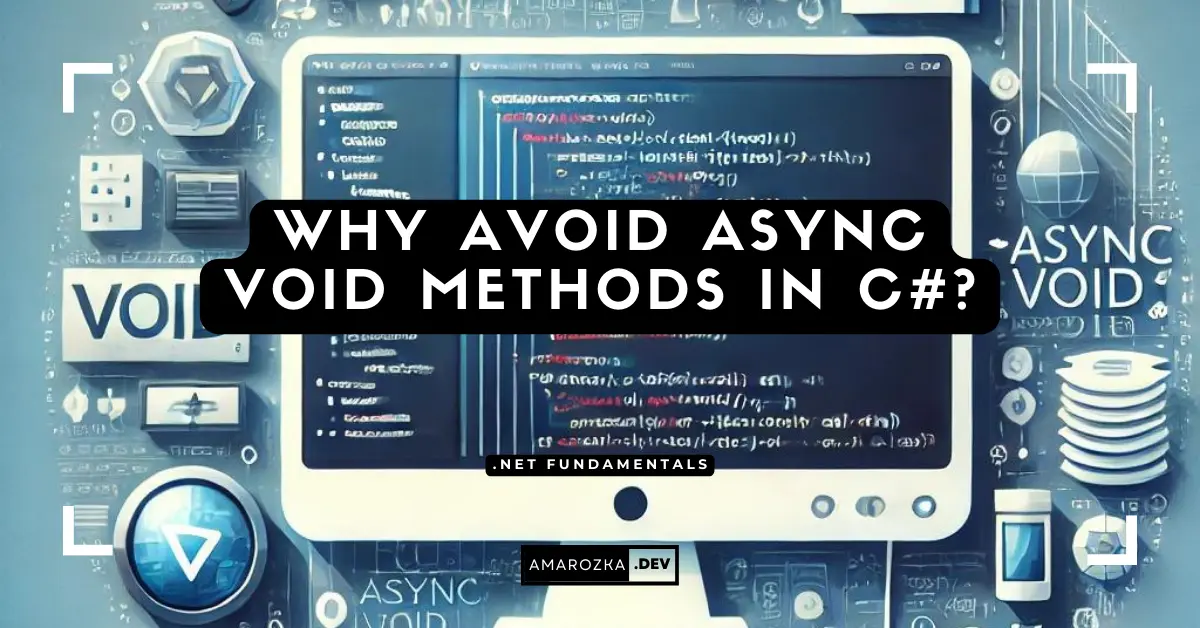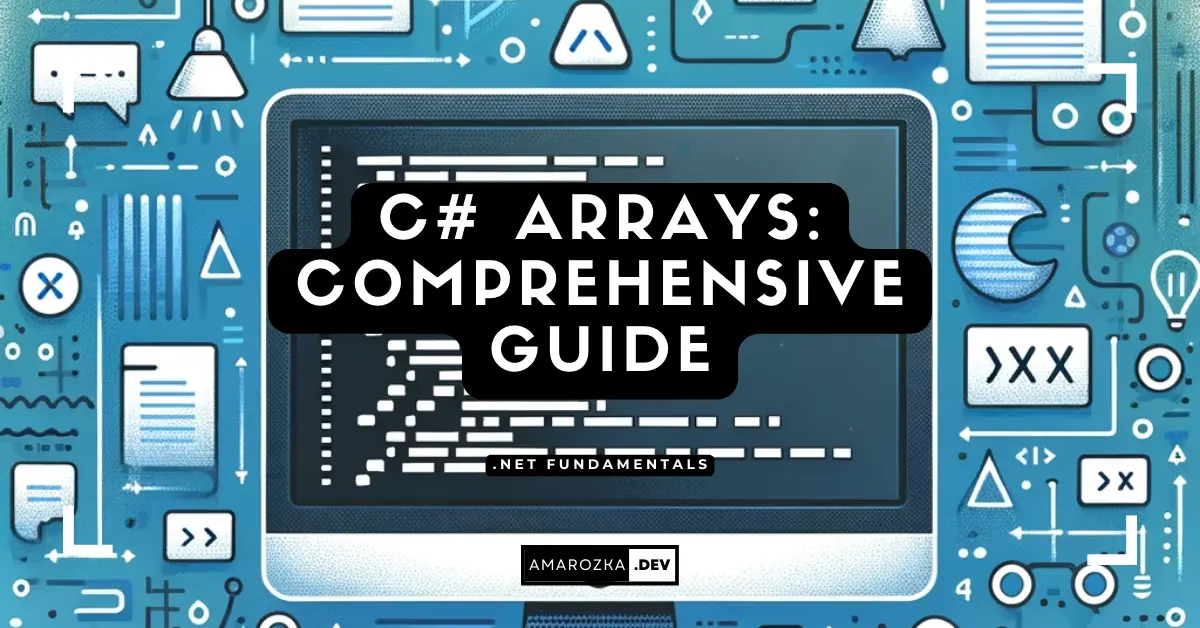try-catch blocks in C# are considered the most robust way of exception handling. This technique helps a developer to handle every unexpected error in the run time of an application. Inclusion of try-catch block in C# helps in ensuring that its programs, in the occurrence of exceptional scenarios, not only stay smooth operationally but also stay highly reliable and stable, without the risk of harsh results due to any abrupt crash. This proactive exception handling, in turn, implies the avoidance of abrupt crashes and sharp results, thus toughening the shield of the application. Using ‘try catch’ is more than mere error management in C#. It ensures that graceful management of errors assures that there is a particular step that will continue to strengthen the software.
What are Exceptions?
Exceptions are identified as the runtime problems or abnormal conditions that a software program can confront when executing a program. Exceptions can be caused either by something not going according to the plan specified by the program or by external factors such as some file being absent during a file read. There are a few kinds of exceptions; understanding these will be too crucial for C# developers to effectively apply try-catch blocks. In C#, these blocks happen to be quite germane for trapping and handling exceptions so the program remains strong against runtime challenges.
.NET represents exceptions using classes. Base class for all exception classes in C# is System.Exception. This is composed by few necessary methods and properties, and there are numerous exception classes related to handle different error situations, such as ArgumentNullException, FileNotFoundException, DivideByZeroException, etc.
Importance of Exception Handling
- Robustness: Good exception handling makes sure the application remains robust even when things go mistakenly wrong.
- Graceful Failures: An application does not have to crash but can instead output friendly error messages, log the situation, and in some cases even try to recover from the issue.
- Diagnostic: An exception includes information on the location of where and why it was generated. It can be very helpful in the debugging process of your code.
C# Try-Catch Block
Put simply, the main purpose of the try-catch block is to demarcate blocks of code. When a block of code is thrown into a try block, any error or exception that is thrown or likely to be thrown will be caught by the code and properly dealt with. This helps a lot in controlling the flow of the program. Furthermore, an error event does not make the program unable to recover its poise; it will continue executing without a sudden halt. Therefore, with the try-catch block, a program is more reliable and robust. It provides a way to manage and rectify faults in an organized way.
tryBlock: This is the block where you put all your code that may throw an exception. It declares your intent to indicate that you are aware of a potential problem and are willing to cater for it.catchBlock: This is the block where you define what should be done if a specific type of exception is thrown. We can have several catch blocks to catch with how different exceptions are thrown.finallyBlock: You put code here that runs no matter whether an exception is thrown or not.
Definition:
try
{
// Code that might throw an exception
}
catch (SpecificExceptionType ex)
{
// Handle the specific exception
}
catch
{
// A general catch block without specifying the exception type
}
finally
{
// Code here will always run, whether an exception occurred or not
}Exception Structure
At the base of every exception within.NET is the System.Exception class. This class includes a couple of properties illuminating for the error:
- Message: Represents the exception.
- StackTrace: The value contains a string representation of the call stack in which the exception occurred. The value is very important during program debugging because it is human-editable.
- InnerException: When an exception is made because of another, this property will contain the original one. Data: A map used to store extra data, indexed by string keys.
- Data: A key-value pair collection that can hold additional user-defined information about the exception.
Advanced Exception Handling Techniques
Filtered Exception Handling (introduced in C# 6): It allows you to specify a condition for a catch block.
try
{
// Some code
}
catch (Exception ex) when (ex.Message.Contains("specific error"))
{
// Handle only exceptions with a message that contains "specific error"
}Throwing Exceptions: You can throw exceptions using the throw keyword. If re-throwing an exception from a catch block, use throw without arguments to preserve the original stack trace.
if (someCondition)
{
throw new InvalidOperationException("Some error message.");
}Exception Filters: Beyond the basic filtering introduced in C# 6, .NET Core 3.0 and C# 8 introduced enhanced filtering options:
catch (Exception ex) when (ex is ArgumentNullException or FileNotFoundException)
{
// Handle exception when it's ArgumentNullException or FileNotFoundException
}Using Statement and Disposable Objects: Many resources, like file streams and database connections, implement the IDisposable interface. The using statement ensures that such resources are properly disposed, even if an exception occurs.
using (FileStream fs = new FileStream("filePath", FileMode.Open))
{
// Do work with file
} // fs.Dispose() is called automatically when leaving the blockAggregating Exceptions: In certain scenarios, particularly during parallel or asynchronous operations, you can throw multiple exceptions. The AggregateException class allows these exceptions to be bundled together.
Exception Handling Strategies
- Fail Fast: In situations where recovery is impossible and further execution might corrupt data or cause other adverse effects, you can use the
Environment.FailFastmethod to immediately terminate the application. - Logging: Always log exceptions. Tools like log4net, Serilog, or NLog can assist in logging exception details effectively.
- Layered Exception Handling: In multi-layered applications (like MVC applications), handle exceptions at the layer best suited to deal with them. For instance, handle data-related exceptions in the data layer, but handle UI-related exceptions in the UI layer.
C# Try-Catch Essentials: Handle Common Exceptions
SystemException: This is a base class for all predefined .NET runtime exception types. You generally won’t throw a SystemException directly, but you might catch it as a catch-all for runtime exceptions.
NullReferenceException: One of the most common exceptions a developer will encounter. It occurs when you attempt to use an uninitialized object reference.
object obj = null;
obj.ToString(); // Throws NullReferenceExceptionInvalidOperationException: Thrown when a method call is invalid for the object’s current state.
List<int> list = new List<int>();
list.First(); // Throws InvalidOperationException because the list is emptyArgumentException and its derivatives:
ArgumentException: Thrown when an argument to a method is invalid in general.ArgumentNullException: A specific form ofArgumentExceptionthat is thrown when a null argument is passed to a method that doesn’t accept it.ArgumentOutOfRangeException: Thrown when an argument is out of bounds for what’s acceptable.
void PrintName(string name)
{
if (name == null)
throw new ArgumentNullException(nameof(name));
if (name.Length > 100)
throw new ArgumentOutOfRangeException(nameof(name), "Name is too long!");
}FormatException: Thrown when the format of an argument is invalid, commonly encountered during parsing operations.
int.Parse("NotANumber"); // Throws FormatExceptionIndexOutOfRangeException: Thrown when attempting to access an array or a collection with an index that’s outside its bounds.
int[] arr = new int[5];
int value = arr[10]; // Throws IndexOutOfRangeExceptionDivideByZeroException: This exception occurs when you try to divide by zero.
int result = 10 / 0; // Throws DivideByZeroException for integer divisionFileNotFoundException and DirectoryNotFoundException: These exceptions are thrown when attempting to access a file or directory that doesn’t exist.
IOException: A base class for exceptions thrown for I/O operations, which also encompasses the aforementioned file and directory exceptions.
NotImplementedException: Often used as a placeholder when creating new methods or implementing interfaces. It shows that a method remains unimplemented.
public void MyNewMethod()
{
throw new NotImplementedException();
}ObjectDisposedException: Thrown when you attempt to use an object that has been disposed of, common with objects that implement the IDisposable interface.
StackOverflowException: Thrown when infinite recursion (or similar issues) exhausts the execution stack. Note that in modern .NET versions, it’s hard to catch this exception as the runtime will often terminate the process first.
OutOfMemoryException: Thrown when the application is unable to allocate memory.
These exceptions represent just the tip of the iceberg. With the extensive .NET library and its various namespaces, there are many more specialized exceptions available.
Always strive to handle exceptions gracefully. Instead of just catching every exception, anticipate where things might go wrong, handle those scenarios specifically, and provide meaningful feedback or recovery paths.
Your users might never know about the intricate handling of ArgumentNullException or IOException behind the scenes, but they’ll certainly appreciate an application that doesn’t crash unexpectedly and communicates issues effectively.
Creating Custom Exceptions
There come times when the existing exception types don’t quite convey the specific nature of an error in our domain. In such situations, we often turn to custom exceptions to provide clarity, precision, and a tailored experience. Here’s a deep dive into creating custom exceptions in C#.
Why Custom Exceptions?
Before diving into the “how,” it’s essential to understand the “why.” Custom exceptions are particularly useful when:
- You’re working with domain-specific problems.
- You need to add additional properties or methods to an exception.
- You want to convey a more clear intent with your exception type.
Inherit from the Right Base Class
All exceptions in .NET derive from the System.Exception base class. For custom exceptions:
- General Rule: Derive from
System.Exceptiondirectly. - Domain-Specific: Consider deriving from a more specific exception type if it closely aligns with your scenario, like
System.ApplicationExceptionorSystem.IO.IOException.
Adhering to Standard Exception Conventions
A well-designed custom exception should adhere to standard .NET exception conventions. This includes:
- Naming the exception class with the “Exception” suffix.
- Providing the standard set of constructors.
public class CustomDomainException : Exception
{
public CustomDomainException() { }
public CustomDomainException(string message) : base(message) { }
public CustomDomainException(string message, Exception innerException)
: base(message, innerException) { }
}Adding Custom Properties and Methods
This is where custom exceptions truly shine. For domain-specific data or additional context, add custom properties or methods.
public class ValidationErrorException : Exception
{
public string PropertyName { get; }
public string ValidationMessage { get; }
public ValidationErrorException(string propertyName, string validationMessage)
: base($"Validation failed for property {propertyName}: {validationMessage}")
{
PropertyName = propertyName;
ValidationMessage = validationMessage;
}
}XML Documentation
Ensure your custom exception has XML documentation comments. This aids other developers in understanding when and how to use your exception.
/// <summary>
/// Represents errors that occur during application validation.
/// </summary>
public class ValidationErrorException : Exception
{
// ...
}Serialization Support
Exceptions in .NET are serializable, allowing them to be transferred across AppDomains. If you add custom properties, ensure they’re also serializable.
[Serializable]
public class CustomDomainException : Exception
{
public CustomDomainException() { }
protected CustomDomainException(SerializationInfo info, StreamingContext context)
: base(info, context) { }
// Other constructors...
}Avoid Throwing Generic Exceptions
While you have the power to create custom exceptions, it’s also crucial to exercise restraint. Do not throw System.Exception, System.SystemException, or System.ApplicationException from your code. Always aim for meaningful and specific exceptions.
Designing Exception Hierarchies
When creating custom exceptions:
- Name Clearly: The exception name should end with “Exception” and clearly describe the error.
- Inherit Properly: Always inherit from the most appropriate exception class, not necessarily directly from
Exception. - Provide Useful Constructors: Typically, you’d want to provide at least the three most common constructors: a parameterless one, one that takes a string message, and one that takes a string message and an inner exception.
Creating custom exceptions is a helpful tool. Like other tools in a developer’s toolbox, they can be very useful when used correctly, but too much use can affect productivity. Always remember the main goal: to have code that is easy to understand, maintain, and debug. Well-designed custom exceptions can make things clearer and more accurate, which will be valued by you, your team, and your users.




